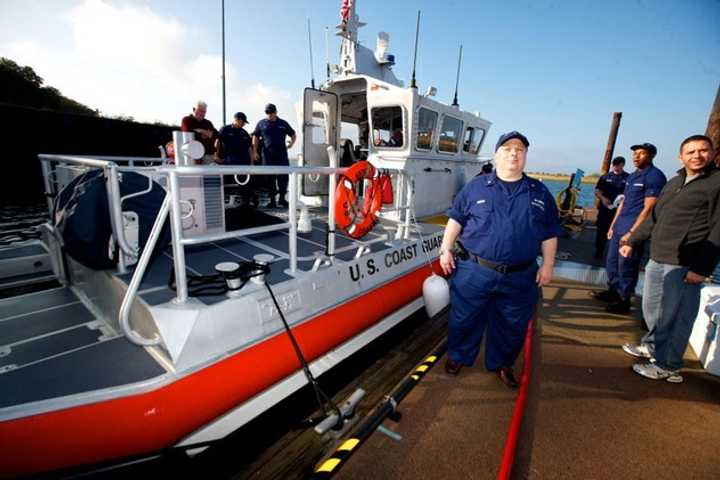Ossining's Robert Daraio, a member of the U.S. Coast Guard Auxiliary who has participated in search and rescue missions on the Hudson, Long Island Sound and New York Harbor, offers the basics for boat safety.
Daraio suggest that boaters "always wear a lifejacket, don't drink alcohol while boating, take a boating safety course, get a free vessel safety check from the Coast Guard Auxiliary to make sure you have the proper safety gear and file a Float Plan for every trip."
Both New York State and the State of Connecticut recommend boaters take certified safety courses. Safe Boating America's website is a prime source for boating safety, education, certification and Captain's licensing in the New York and Connecticut metropolitan area.
In New York, any pleasure vessel, whether propelled in whole or part by mechanical means, must be registered with the Department of Motor Vehicles. The operator of the vessel is required to be in possession of the original registration when the vessel is in operation.
Connecticut boaters are required to register all boats with a motor, boats that are 19 feet, 6 inches or longer and personal watercraft, including jet skis with the Department of Motor Vehicles.
The Westchester County Police Marine Unit and the U.S. Coast Guard Auxiliary in Connecticut and New York offer free vessel inspections help boat owners meet this goal.
Boaters are also advised to check local weather forecasts for marine-related information before departure.
Children under the age of 12 must wear a Personal Flotation Device when aboard a boat of less than 65 feet in length. A PFD must be available for every person on board, including in kayaks, canoes and rowboats.
It is estimated that 70 percent of all boating-related deaths could be prevented if PFDs were used.
Click here to follow Daily Voice Eastchester and receive free news updates.
